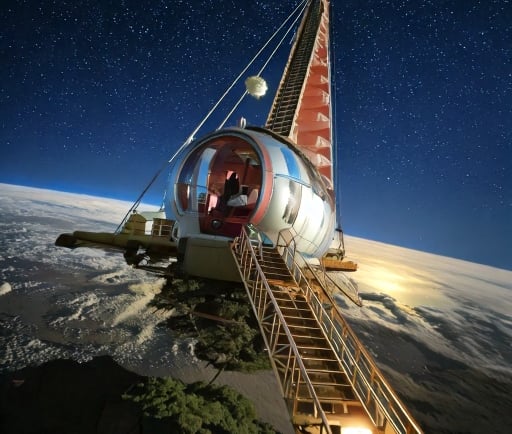Voyager 1's Historic Journey Beyond Earth: A Distance of Over 24 Billion Kilometers


An Overview of Voyager 1's Journey
Launched in 1977, Voyager 1 has long been heralded as one of humanity's most remarkable achievements in space exploration. As of now, this spacecraft has traveled an astounding distance of 24,861,824,888 kilometers from Earth. To put that into perspective, this distance is equivalent to approximately 166.191034 astronomical units (AU), marking Voyager 1 as the most distant human-made object from our planet.
The Significance of Voyager 1's Distance
Voyager 1's extraordinary journey serves not only as a testament to human ingenuity but also offers invaluable insights into the outer realms of our solar system. Traveling beyond the influence of the sun, this spacecraft provides researchers with an unprecedented look at interstellar space. The immense distance it has covered is crucial for understanding cosmic phenomena and the universe's structure.
Future Prospects and Research Endeavors
As Voyager 1 continues to traverse through the cosmos, it remains a significant asset for scientific inquiry. Its instruments, which have been functioning for over four decades, allow us to gather data regarding cosmic rays, magnetic fields, and the heliosphere—the region of space dominated by the sun's influence. Despite the vast distance, communicating with Voyager 1 remains feasible; however, each signal takes over 22 hours to reach Earth, which underscores its remote position in the solar system.
In conclusion, the journey of Voyager 1 provides invaluable information about our universe. As it travels beyond an astonishing 24 billion kilometers, the data it collects paves the way for future discoveries, enhancing our understanding of not just our solar system, but the cosmos at large. Armed with insights gathered from Voyager 1, scientists continue to expand the frontier of space knowledge, contemplating what lies beyond our immediate perception and understanding.
